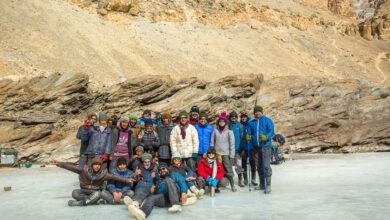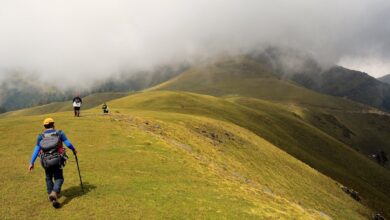Choosing the perfect campsite is crucial for ensuring a memorable and enjoyable outdoor adventure. Whether you’re planning a serene getaway or a fun-filled family trip, the right campsite can significantly enhance your experience. Here’s a comprehensive guide on how to select the best campsite to fit your needs, ensuring safety, comfort, and accessibility.
Consider Your Camping Style
The first step in choosing the perfect campsite is to consider what type of camping you plan to do. Are you backpacking, car camping, or using an RV? Each style requires different amenities and types of campsites.
- Backpacking: Look for lightweight, compact, and remote sites that can be a part of a larger hiking route.
- Car Camping: Choose sites that are accessible by car and offer nearby parking spots. These sites often provide additional space and the convenience of accessing more gear.
- RV Camping: Ensure the site has adequate space for parking and hookups for electricity, water, and sewage if needed.
Research the Area
Before you book a campsite, spend some time researching the area. Look into the climate, typical weather conditions, and wildlife activity to prepare adequately.
- Weather: Understanding the weather patterns helps you pack appropriately and can impact your decision on the shelter you might need.
- Wildlife: Know the types of wildlife in the area and their activity levels, which can affect your safety measures, especially food storage.
Assess the Amenities
Depending on your comfort level and the nature of your trip, the amenities offered by a campsite can be a deciding factor.
- Basic Amenities: At a minimum, look for reliable water sources and sanitary facilities. These are crucial for hygiene and hydration.
- Additional Amenities: Some campsites offer extra comforts such as shower facilities, camp stores, and even Wi-Fi. These can be particularly appealing for long stays or family trips with young children.
Check Accessibility
Accessibility is key, especially if you’re traveling with family or individuals with limited mobility.
- Site Access: Ensure the campsite is easily accessible by your mode of transportation. For more remote sites, verify that the roads and trails are safe and navigable.
- Proximity to Attractions: Consider how close the campsite is to activities and attractions you plan to enjoy, like hiking trails, lakes, and cultural sites.
Evaluate the Site Layout
Once you arrive at a potential campsite, take some time to evaluate the layout and terrain before setting up.
- Level Ground: Look for a flat area to pitch your tent for comfort and to avoid water pooling if it rains.
- Shade and Shelter: Depending on the climate, you might need a site with shade from trees or structures to protect against sun and wind.
- Privacy: Consider the proximity to other campers. A site further away from others can offer more privacy and tranquility.
Safety First
Always prioritize safety when selecting a campsite.
- Distance from Water: Set up camp at least 200 feet away from lakes and rivers to protect water sources and minimize the risk of flooding.
- Fire Safety: Check for any current fire regulations and ensure your campsite has a safe, designated fire area if you plan to build a fire.
Reservations and Regulations
Some popular camping areas require reservations, especially during peak seasons. Book in advance to secure your spot.
- Permits: Some areas might require permits for camping. Check the local regulations and obtain any necessary permits ahead of time.
- Campsite Rules: Familiarize yourself with the campsite’s rules and regulations to ensure compliance and to maintain the natural habitat.
Leave No Trace
When selecting and using a campsite, always follow Leave No Trace principles. Minimize your impact on the environment by packing out all your trash, staying on designated trails, and respecting wildlife and plant life.
Choosing the perfect campsite involves careful consideration of your needs, thorough research, and an understanding of the environment. By following these guidelines, you can ensure that your camping experience is as enjoyable, safe, and respectful to nature as possible.


